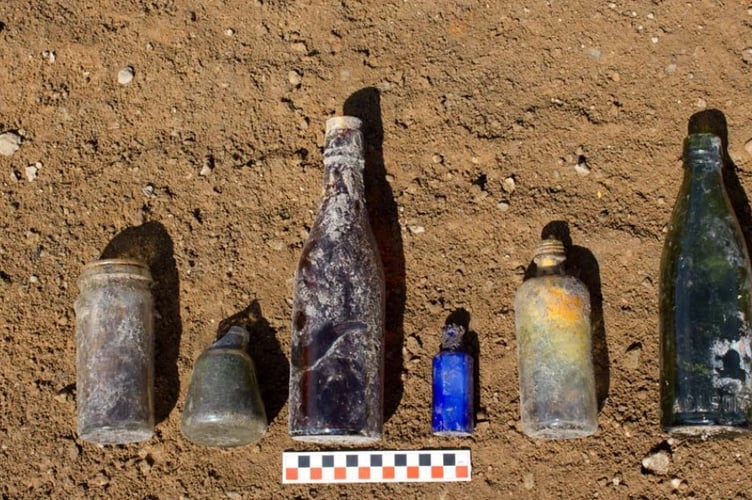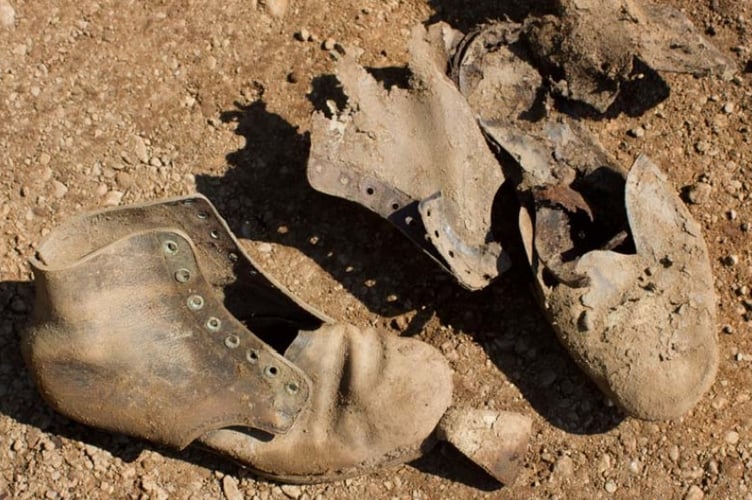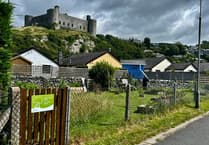It is hard to imagine how Penrhos on the Llŷn could have been the target of a terrifying bombing raid, but that is exactly what happened in the 1940s.
During World War II it was home to RAF Penrhos and was the site of a bombing school established in 1936.
The RAF base was heavily targeted by the Luftwaffe during the war, enduring several bombing raids between July and October 1940.
A report commissioned as part of planning conditions for a housing development at the site, last used as a home for expatriate Polish which grew out of the disused RAF base and its buildings, details the history of Penrhos Polish Village. It stood “as a vital cultural, social, and historical refuge for displaced Polish nationals in Britain after World War II,” the report states.

“This community, deeply rooted in the Polish contribution to the Allied war effort, became a haven for those unable to return to Poland.”
It also details the site’s medieval origins, its transitioning manorial estate and farming history from the 16th–19th centuries, and includes tales of bards, pilgrims, dissident Catholics and its influence on Welsh nationalism.
The latest chapter in the area’s history will see work to create 107 new homes by Clwyd Alyn Housing Ltd & Williams Homes (Bala).
The British government purchased Pen y Berth in 1936 to build an RAF bombing school.
The area had also been home to a prominent recusant Catholic dissenter family in the late 16th to early 17th century, served as a patronage centre for Welsh poets and as a way-station for pilgrims travelling to Bardsey Island.
But the area would also become a place of “controversy,” the report said. In 1936, when the British government decided to construct the RAF bombing school and aerodrome, the historic Welsh farm was demolished.
Welsh nationalists, including poet, politician and dramatist Saunders Lewis, viewed this as “an affront to Welsh identity, language, and culture,” the report said.
The report noted that the “bombing school was seen by many inhabitants of the Llŷn Peninsula as a form of colonial rule”.
But the report also said the establishment of RAF Penrhos, in 1937 marked “a significant turning” point in the history of the Llŷn with work in the late 1930s and early 1940s resulting in an airfield, barracks and depots.
Despite the outcry, the RAF bombing school and airfield played an “essential role” in the UK’s war efforts, training airmen for bombing and gunnery operations, air observations and it hosted various units, the report added.
Armament training continued throughout the war, and the Llŷn used for offshore bombing practice.
Penrhos Polish Village became a sanctuary for those displaced by war and an example of successful integration and cultural preservation.
Remnants of its wartime past - hangars and air-raid shelters - remain today.
Artefacts recovered during archaeological trenching at the site include a tail fin from a 10lb British practice bomb, a heavily degraded pair of British military issue boots, old glass bottles and more.

.jpeg?width=752&height=500&crop=752:500)


.png?width=209&height=140&crop=209:145,smart&quality=75)

Comments
This article has no comments yet. Be the first to leave a comment.